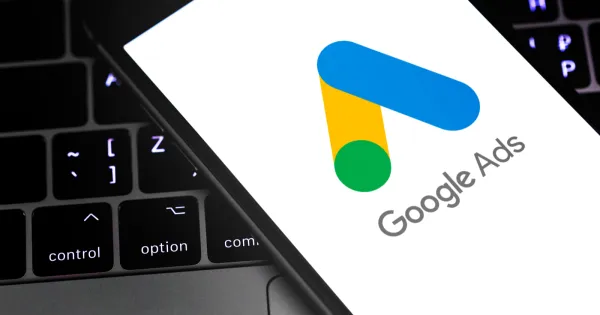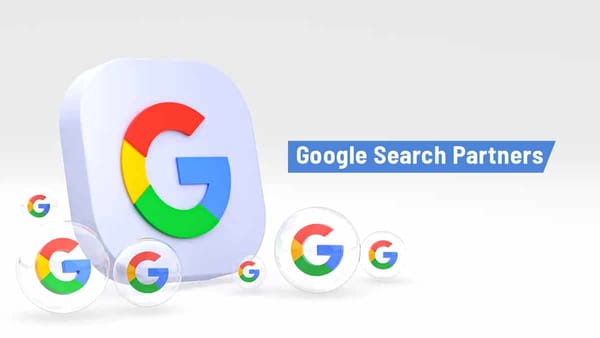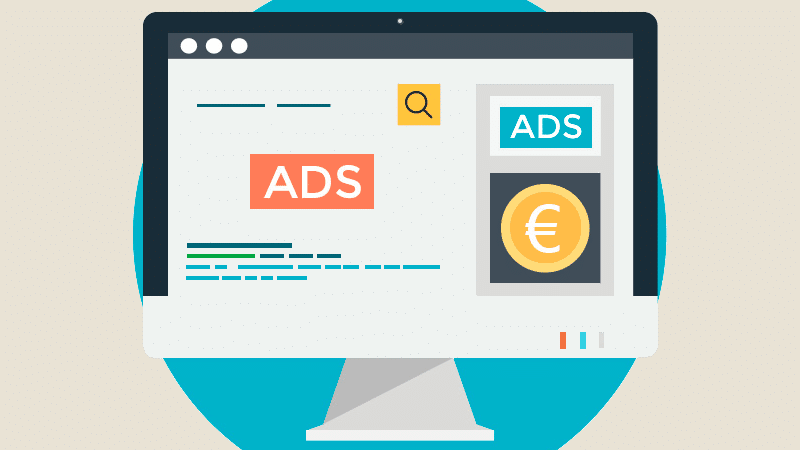Leveraging Google Ads with Video: A Complete Guide for Marketers

Introduction
In the world of online marketing, video is quickly becoming one of the most powerful tools for engaging audiences. Google Ads with video campaigns can help your business stand out, build brand awareness, and drive conversions. Video ads on platforms like YouTube have a massive reach and are highly effective in conveying your message to a wide audience.
This article will walk you through how to use Google Ads with video, the benefits of video advertising, and how to set up successful video campaigns to maximize your marketing efforts.
Why Video Ads Work for Google Ads
Video advertising on Google Ads, especially through YouTube, has a broad and dynamic appeal. Here are some key reasons why video ads are so effective:
1. Engages Viewers Emotionally
Videos have the unique ability to tell stories and evoke emotions in ways text and images cannot. A well-crafted video ad can create an emotional connection with your audience, making them more likely to engage with your brand.
2. Wide Audience Reach
YouTube, owned by Google, is one of the largest video platforms globally, with over 2 billion logged-in users per month. By running video ads on YouTube, you can reach a vast and diverse audience, ensuring that your message gets to the right people.
3. Strong Call to Action
Videos offer a strong opportunity to include a call-to-action (CTA) that can guide users to take the next step. Whether it's visiting your website, signing up for a newsletter, or making a purchase, video ads are effective in motivating action.
4. Enhanced Targeting Options
Google Ads allows you to target users based on factors like demographics, interests, and behavior. With video ads, you can also target users based on their viewing history, meaning your ads are shown to people who are most likely to be interested in your offerings.
Types of Video Ads You Can Use on Google Ads
Google Ads provides several types of video ad formats that you can use to engage potential customers. Each has its unique features and benefits:
1. Skippable Video Ads
These are the most common type of video ads on YouTube. They allow users to skip the ad after 5 seconds, but if the user watches the ad for longer, you will still be charged for the ad. Skippable ads are great for users who have a specific interest in the content, as it gives them the option to skip if they aren't interested.
- Why It Works: You only pay for users who choose to watch your ad for more than 30 seconds or engage with it, ensuring you get value for your investment.
- Tips for Success: Grab attention in the first few seconds. Make sure your most important message is delivered early so that users who don’t skip still get your message.
2. Non-Skippable Video Ads
Non-skippable video ads are typically 15-20 seconds long and must be watched in full before users can proceed to the content they want to view. These ads are ideal for getting your message across without the risk of users skipping.
- Why It Works: These ads are highly effective for brand awareness because you have the full attention of the viewer.
- Tips for Success: Since viewers are required to watch the entire ad, make sure your content is short, to the point, and impactful.
3. Bumper Ads
Bumper ads are short, non-skippable video ads of up to 6 seconds. These ads are designed to drive a message quickly and efficiently, making them ideal for building brand recognition.
- Why It Works: These brief ads make a big impact with minimal time commitment. They are perfect for reinforcing a message and building familiarity with your brand.
- Tips for Success: Focus on one key message and make sure it’s something that can be quickly understood and remembered.
4. Overlay Ads
Overlay ads are text or image ads that appear as an overlay on the lower part of the YouTube video. These ads are less intrusive than video ads, as they don’t require viewers to stop watching their video.
- Why It Works: Overlay ads are less disruptive, but still give users an opportunity to engage with your brand while they’re watching other content.
- Tips for Success: Keep the message clear and concise, ensuring that your brand’s value proposition stands out in a small space.
Setting Up Google Ads with Video
Setting up a video ad campaign on Google Ads is relatively straightforward, but there are a few essential steps to follow for the best results. Here’s a step-by-step guide to help you get started:
1. Create a Google Ads Account
If you don’t have a Google Ads account yet, go to the Google Ads website and create one. It’s free to set up, and you can start running ads with a small budget.
2. Link Your YouTube Channel to Google Ads
To run video ads on YouTube, you must link your YouTube channel to your Google Ads account. This will allow Google Ads to access your videos and display them as ads.
3. Set Up a New Campaign
Once your YouTube account is linked, you can start a new video campaign. Choose a campaign goal, such as brand awareness, website traffic, or conversions. After selecting your goal, you’ll choose the video ad format (skippable, non-skippable, bumper, etc.) that best fits your strategy.
4. Define Your Target Audience
Google Ads provides advanced targeting options to ensure your video ads reach the right people. You can target based on demographics, interests, keywords, and even remarket to people who have interacted with your brand in the past.
5. Budget and Bidding
Set a daily budget and select your bidding strategy. You can choose a cost-per-view (CPV) bidding strategy, which means you pay when users watch your ad for at least 30 seconds or interact with your ad in some way.
Tips for Maximizing Your Video Ads Performance
To get the best results from your Google video ads, here are some tips to keep in mind:
1. Make the First Few Seconds Count
With skippable ads, viewers can skip after 5 seconds. Use this time wisely to grab attention and hook them in with compelling content.
2. Keep Your Message Clear and Concise
Don’t overwhelm viewers with too much information. Make sure your message is clear, straightforward, and aligns with your campaign goal, whether that’s driving traffic, brand awareness, or sales.
3. Focus on Quality
Video ads need to be high-quality to make a strong impression. Invest in good production, whether that’s hiring professionals or using tools to create polished, engaging content.
4. Optimize for Mobile Devices
Since many users watch YouTube on mobile devices, make sure your video ads are optimized for mobile. This includes using large fonts, clear audio, and ensuring your visuals are easy to follow on smaller screens.
5. Test and Adjust
Continuously test different video ads, formats, and targeting options to see what works best. Use A/B testing to refine your ad content and make necessary adjustments to improve performance.
Conclusion
Video advertising on Google Ads, particularly through YouTube, offers a powerful way to reach and engage your target audience. By leveraging different video ad formats, targeting options, and optimization techniques, you can create a successful campaign that drives brand awareness, traffic, and conversions for your business.
Start using Google Ads with video today to unlock the potential of video marketing and take your business to the next level.




